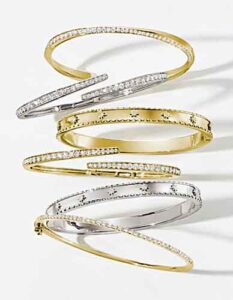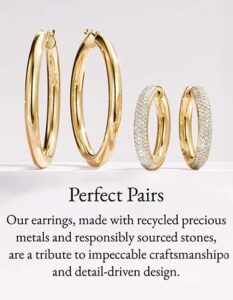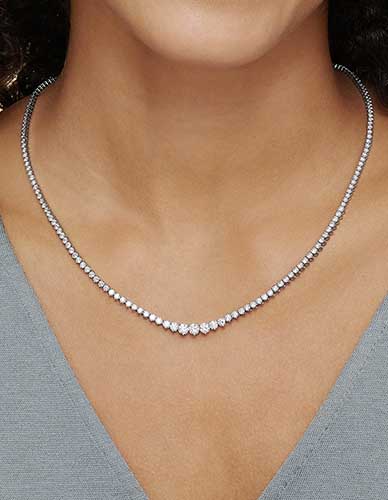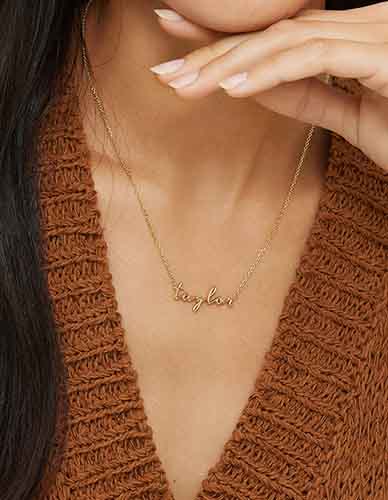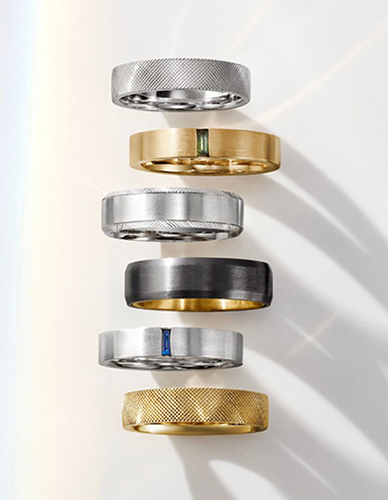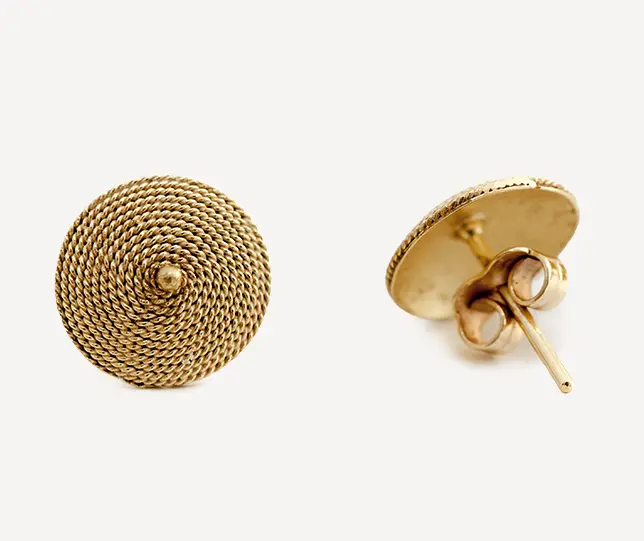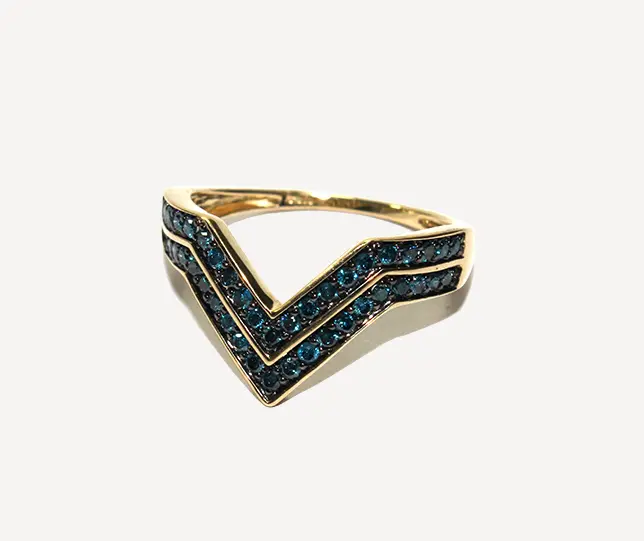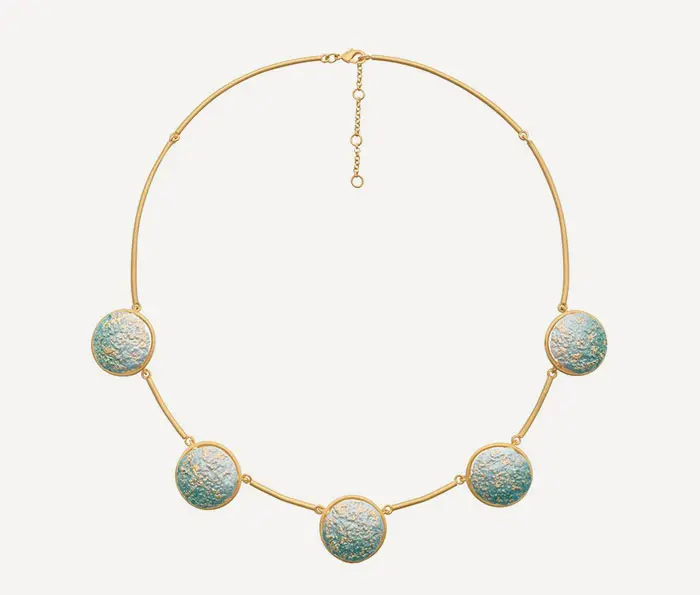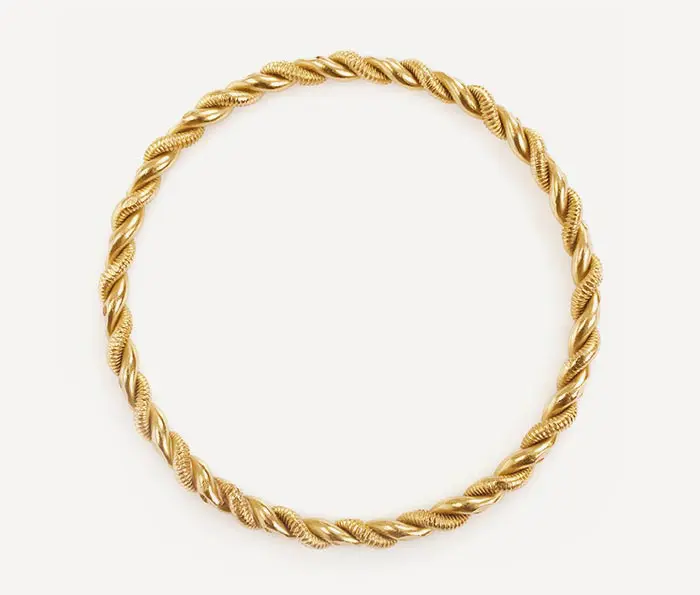Emerald Guide
Learn all about emerald gemstones – from properties and varieties to symbolism, origins, cleaning, and care.
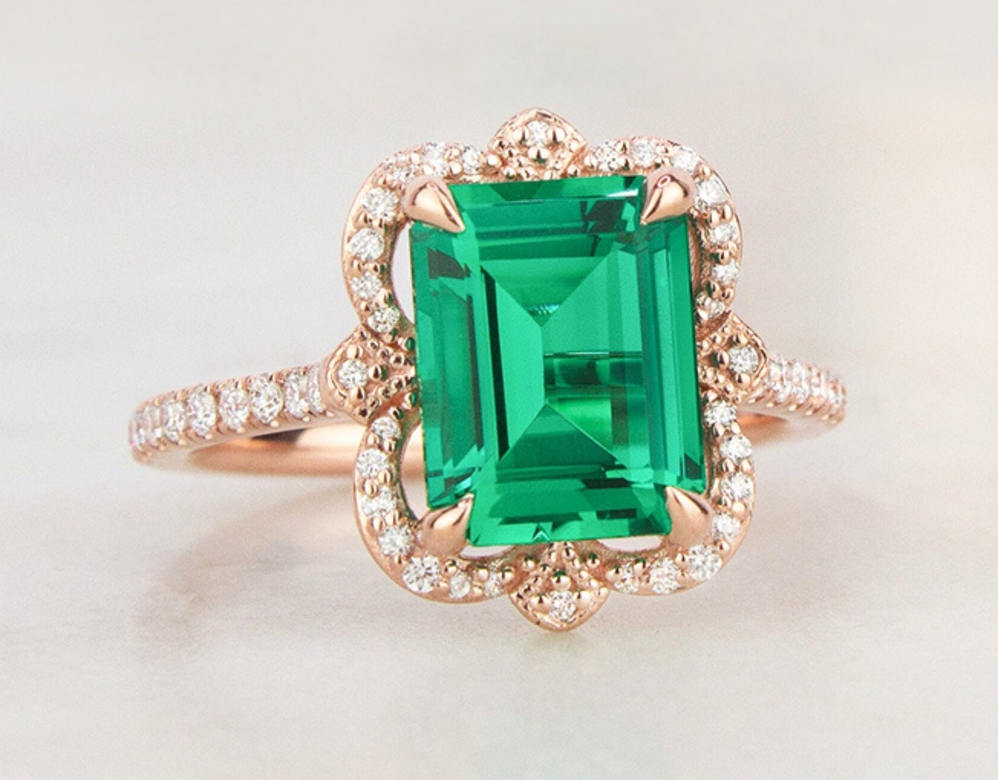
Emerald Guide
Learn all about emerald gemstones – from properties and varieties to symbolism, origins, cleaning, and care.
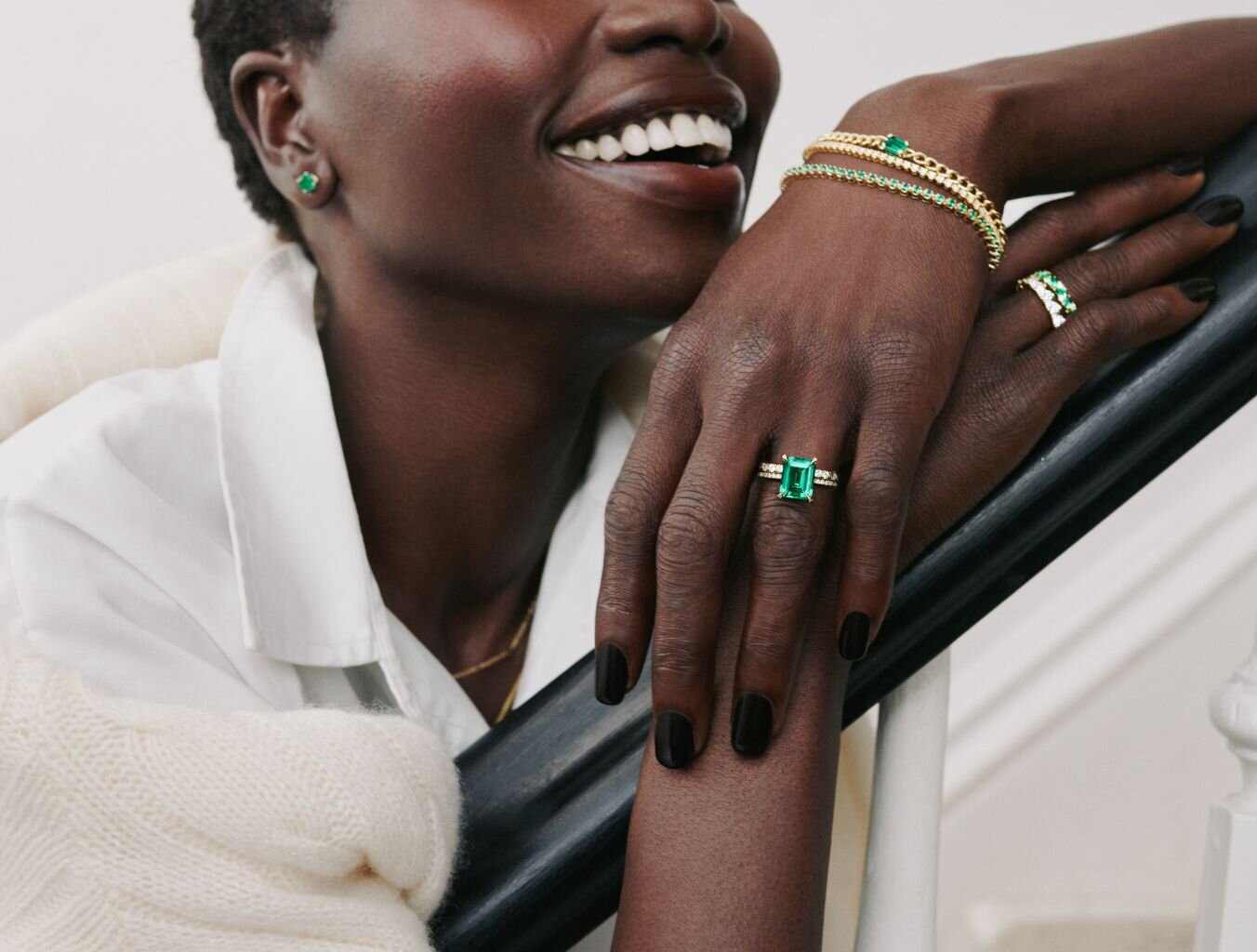
What is an Emerald?
An emerald gemstone is the most famous member of the beryl family, a mineral type that includes aquamarine and morganite. To be considered an emerald, a gemstone must have a vibrant green to bluish green color.
Emerald Meaning
Emeralds symbolize truth, intuition, foresight, loyalty, and love. In ancient Greece and Rome, emeralds represented the goddess Venus, who reigned over love and hope.
Emerald Types
Natural Emeralds
Natural emeralds generally have more inclusions than almost any other gemstone. These visual variations that look like irregular patterns are referred to as “jardin,” (French for garden), and are often considered to be quite beautiful.
Lab Grown Emeralds
Lab grown emeralds are identical to natural emeralds in chemical composition but do not have inclusions, unlike natural emeralds.
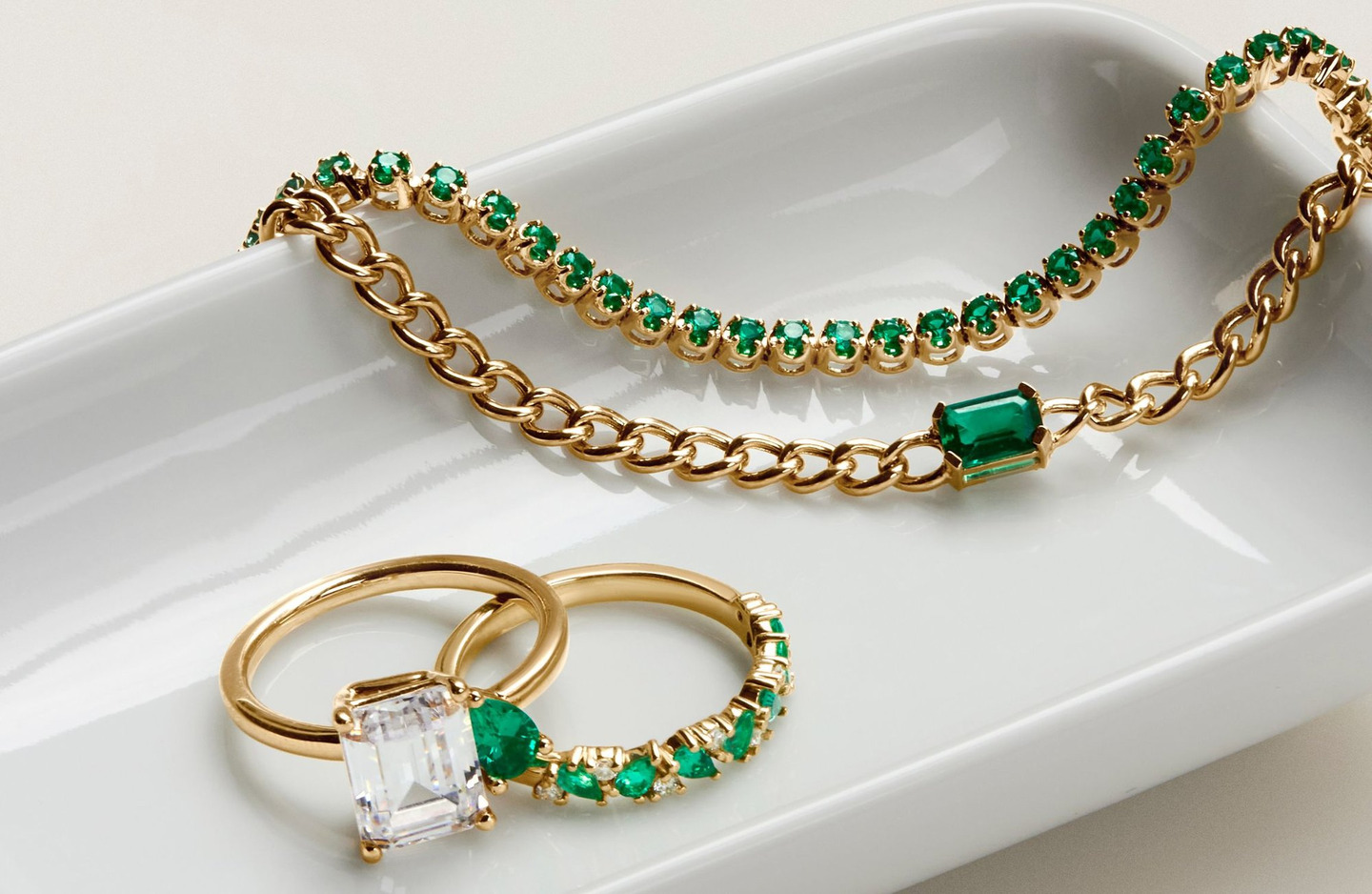

Emerald Types
Natural Emeralds
Natural emeralds generally have more inclusions than almost any other gemstone. These visual variations that look like irregular patterns are referred to as “jardin,” (French for garden), and are often considered to be quite beautiful.
Lab Grown Emeralds
Lab grown emeralds are identical to natural emeralds in chemical composition but do not have inclusions, unlike natural emeralds.
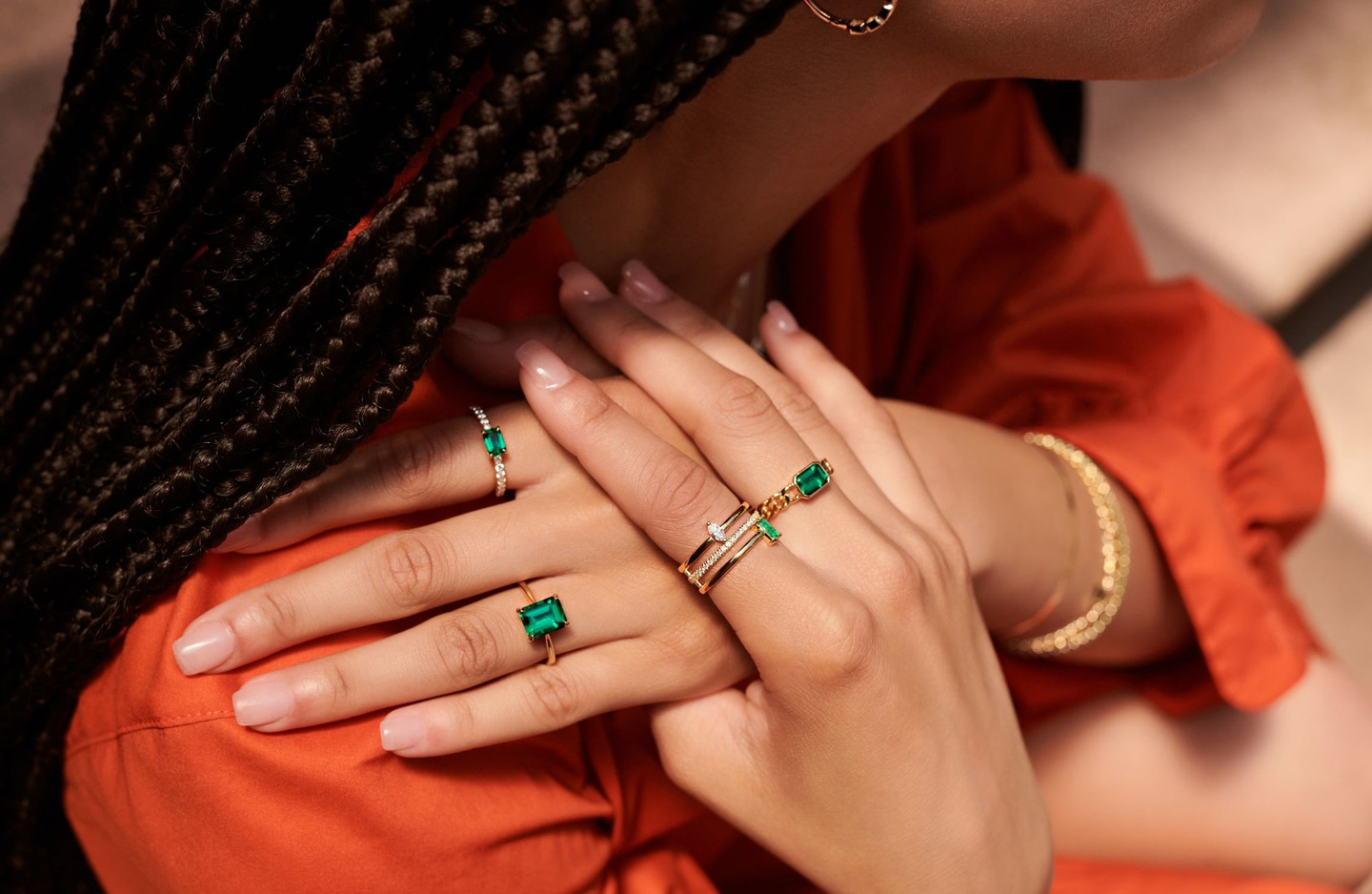
Emerald Properties
Mohs Hardness
Mineral
Beryl, a mineral consisting of silicate beryllium and aluminum.
Color
Emeralds exist on a spectrum of blue-green beryl, characterized by a medium to deep tone. Green beryl is a stone that has a lighter color.
Refractive Index
1.577 to 1.583
How to Choose an Emerald
When choosing an emerald, it’s important to consider your preferred color, saturation, and clarity combination. Read on to learn more about each characteristic as well as sourcing.
Cut
Emeralds typically form in six-sided prisms, making them especially suited for emerald cuts. This frequently used cut for emeralds, featuring rectangular step cuts, can also help protect against damage. Due to their fragile nature, and because color is the most important factor in determining the stone’s value, emeralds must be carefully cut to maximize the effect of tone and saturation.
Color
Color is the most important factor in determining emerald quality and price. The highest-value emeralds have bluish green to pure green color with vivid color saturation.
Clarity
Most emeralds are not eye-clean, meaning imperfections or inclusions are visible. Emerald inclusions are considered valuable and aesthetically unique.
Carat Weight and Size
Emeralds have lower density than diamonds — so a one-carat emerald will appear larger than a one-carat diamond.
Price
Emerald prices are determined by color, origin, clarity and transparency. Emeralds are generally very rare and are therefore typically more expensive on average than diamonds. Eye-clean emeralds are extremely rare and priced accordingly. Learn more in our Emerald Price Guide.
Treatment
Emerald fractures are sometimes filled with colorless essential oils, other oils, waxes, artificial resins and polymers to improve the apparent clarity. Velvet Box always discloses treatment information — learn more here.
Origin
Emeralds are typically sourced from Colombia, Brazil, and Zambia. Velvet Box sources its natural emeralds from Zambia and Colombia.
Zambia
Velvet Box sources emeralds from Zambia, which tend to have mainly dark green or dark bluish tone and other hues. Velvet Box only sources from mines with strong regulatory protections for the environment and labor, health, and safety.
Colombia
Colombian emeralds tend to produce a richer saturated blue-green tone and saturation. The Colombian government and mining sector collaborate to protect the environment and labor, health, and safety.
Evaluation
Emeralds are evaluated on cut, color, clarity, and transparency. Emeralds with exceptional clarity and color are considered higher quality.
How to Clean Emeralds
The safest way to clean emeralds is by using a soft toothbrush to gently wash the gemstone with warm, chemical-free soap. Since many natural emeralds are treated with fracture fillings, it’s important to avoid ultrasonic cleaning methods or hot steam.
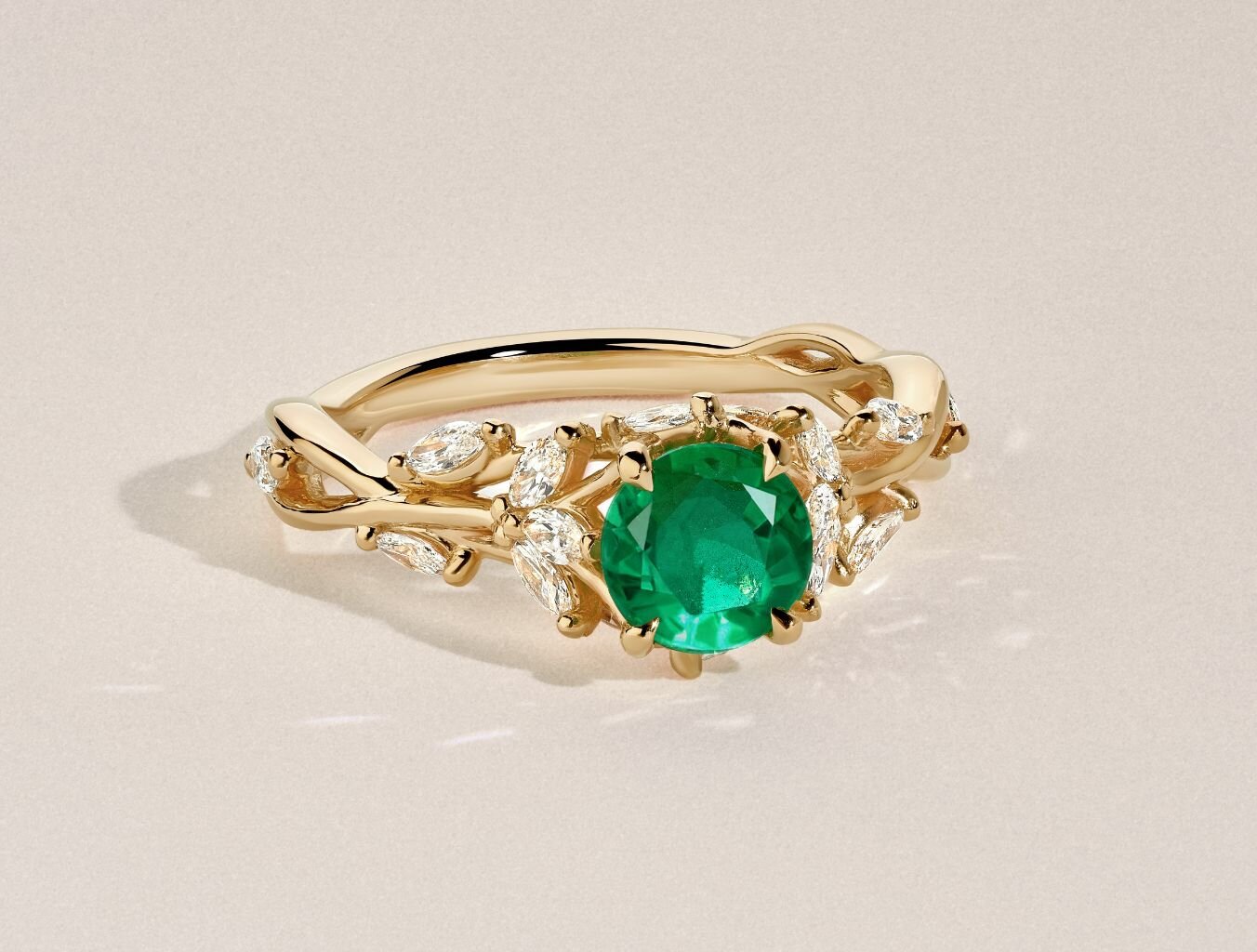

How to Clean Emeralds
The safest way to clean emeralds is by using a soft toothbrush to gently wash the gemstone with warm, chemical-free soap. Since many natural emeralds are treated with fracture fillings, it’s important to avoid ultrasonic cleaning methods or hot steam.
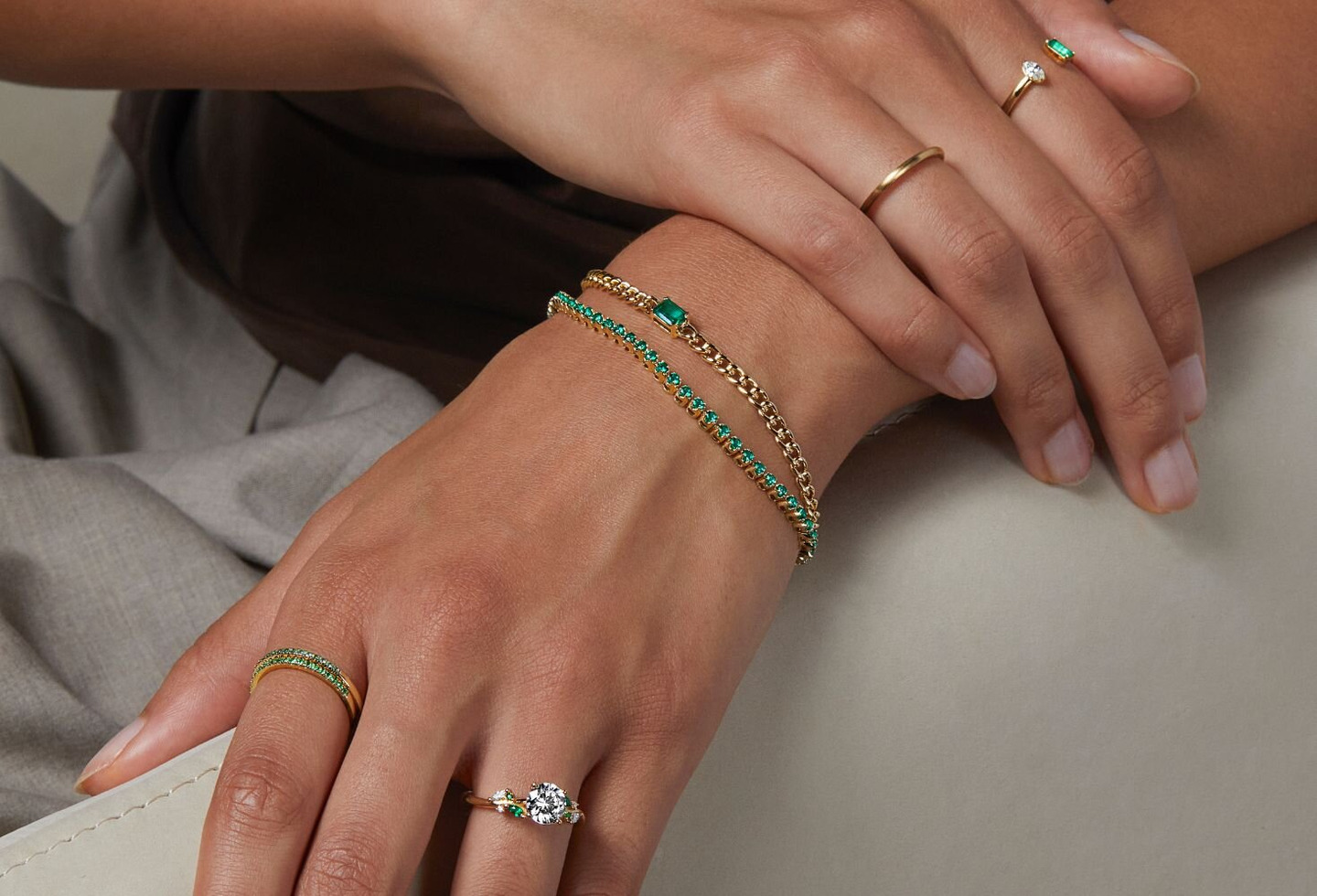
Emerald Facts
- The word “emerald” comes from “smaragdos” which means green gem in ancient Greek.
- Emeralds are among the rarest of colored gemstones.
- The earliest known emerald mines were in Egypt.
- Emerald is the standard for green among colored gemstones.
- Emerald is the gem of the twentieth and thirty-fifth wedding anniversaries.
FAQ's
Considered the gem of spring, the emerald gemstone is the birthstone for May.
Emeralds have a bluish green to pure green hue, and inclusions can be an identifier in determining if you have a natural emerald. However, there are quite a few gemstones that might display the same color range. If you are unsure if your gemstone is an emerald or another green gemstone, the best way to authenticate your gemstone is by taking it to a professional jeweler.
Most natural emeralds are formed when volcanic lava comes into contact with shale or limestone, called metamorphic rocks, or in fractures and cracks in large areas of granite rock.
Emeralds are scarcer than diamonds and are among the rarest gemstones.
Emerald prices are determined by color, origin, clarity and transparency. They are generally very rare and therefore a 1ct emerald can command a very high price when compared to other gemstones.
Beryl is the name of the mineral that makes up emeralds. Thanks to deposits of chemicals like chromium and vanadium, beryl turns green and becomes what we know as an emerald.
While every emerald is a beryl, not all beryls are emeralds. Emeralds are a specific type of green beryl that also contains chromium or vanadium. Factors like color saturation determine whether a green beryl is classified as an emerald or a different type of green beryl.

